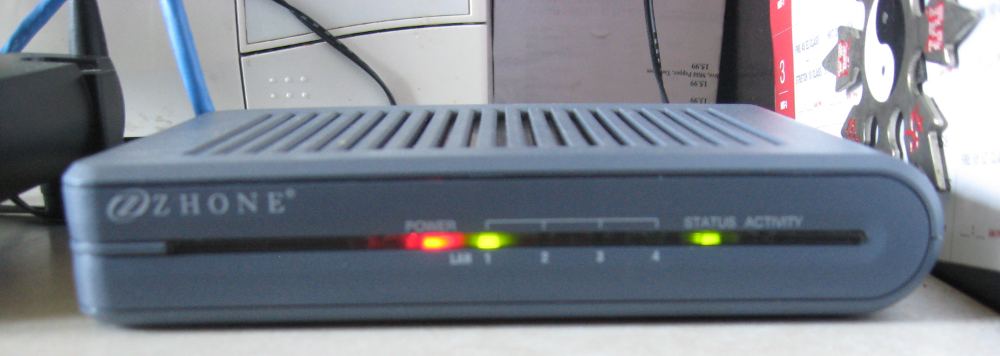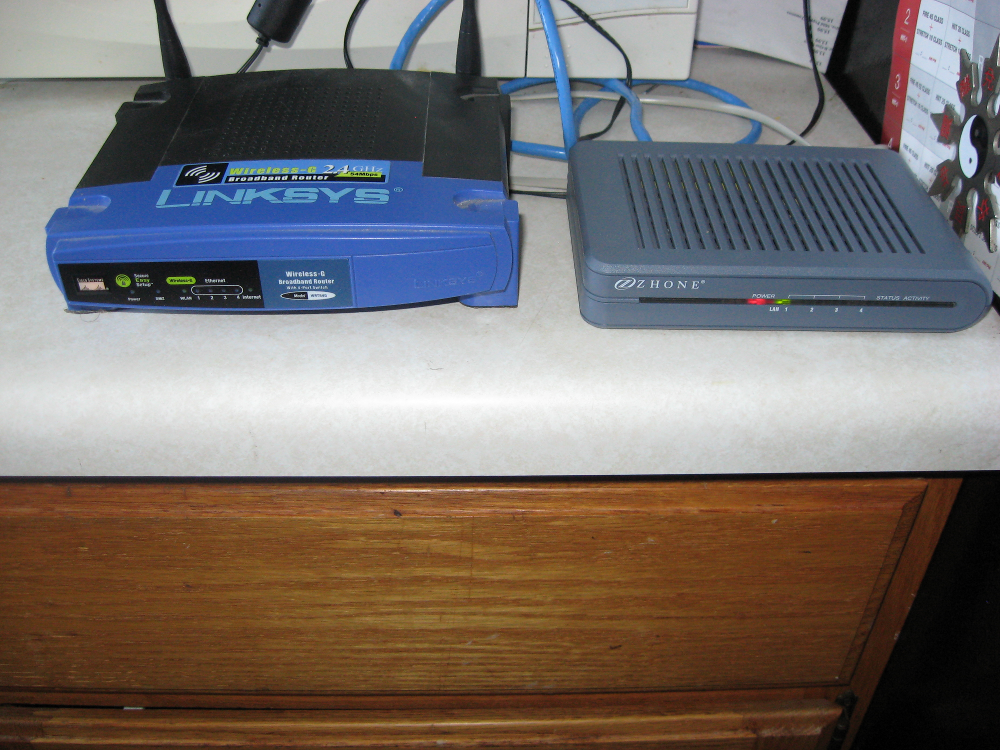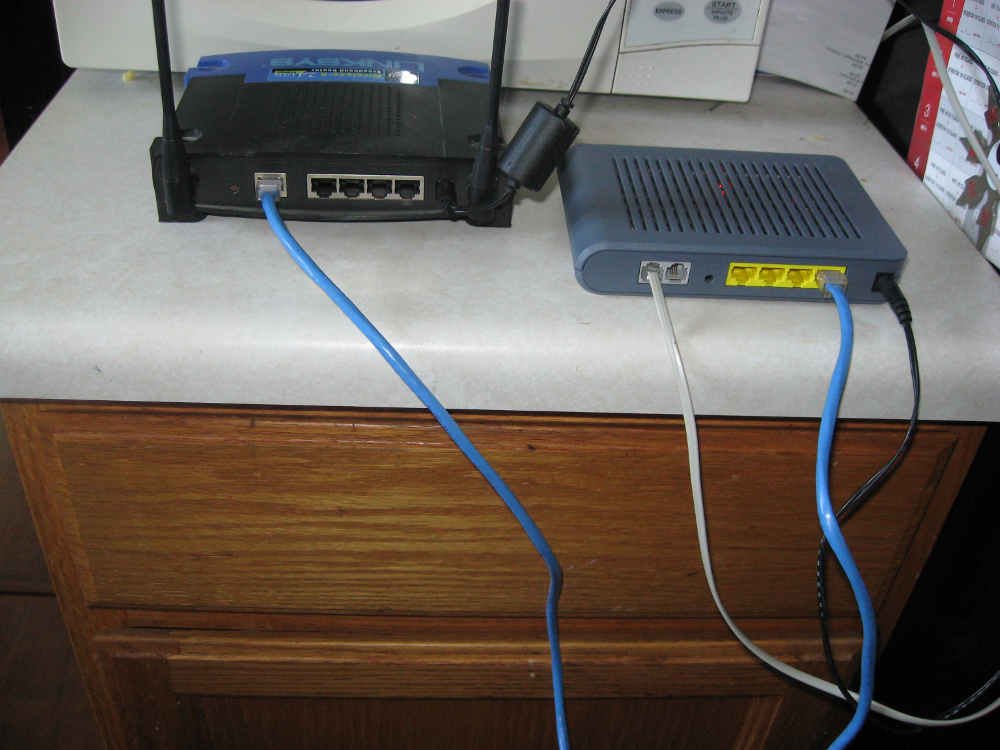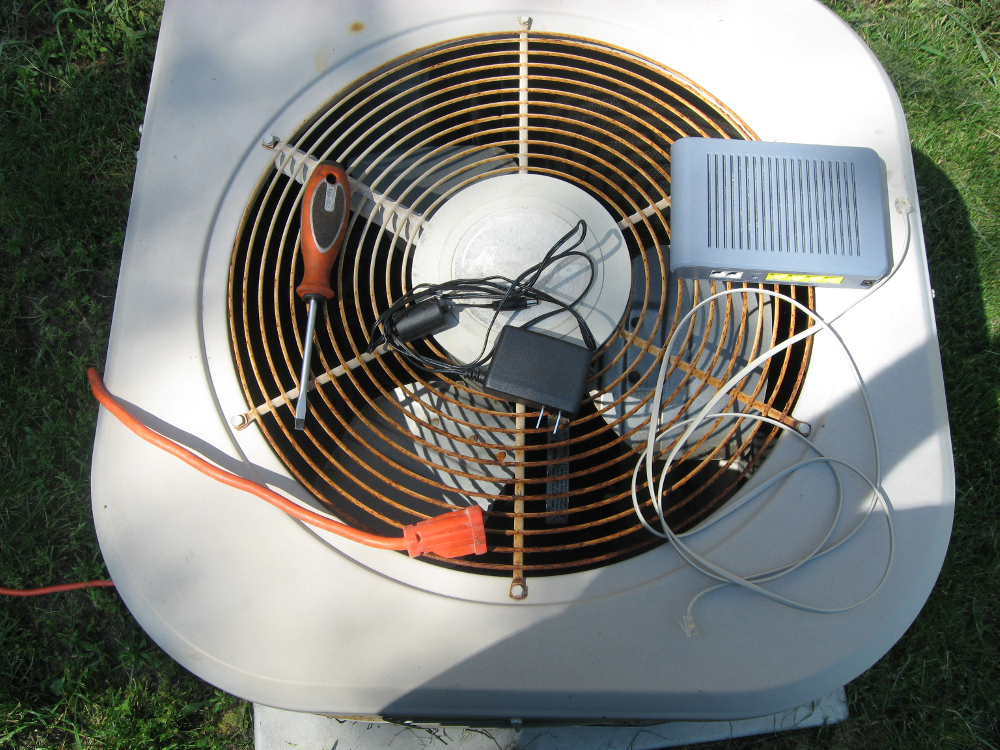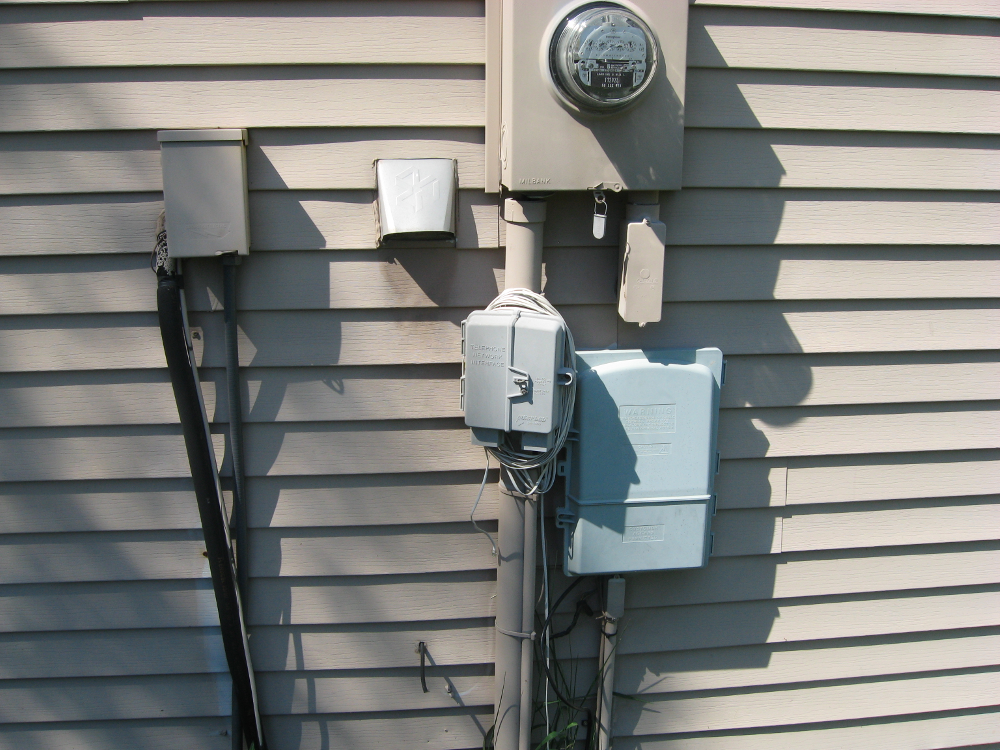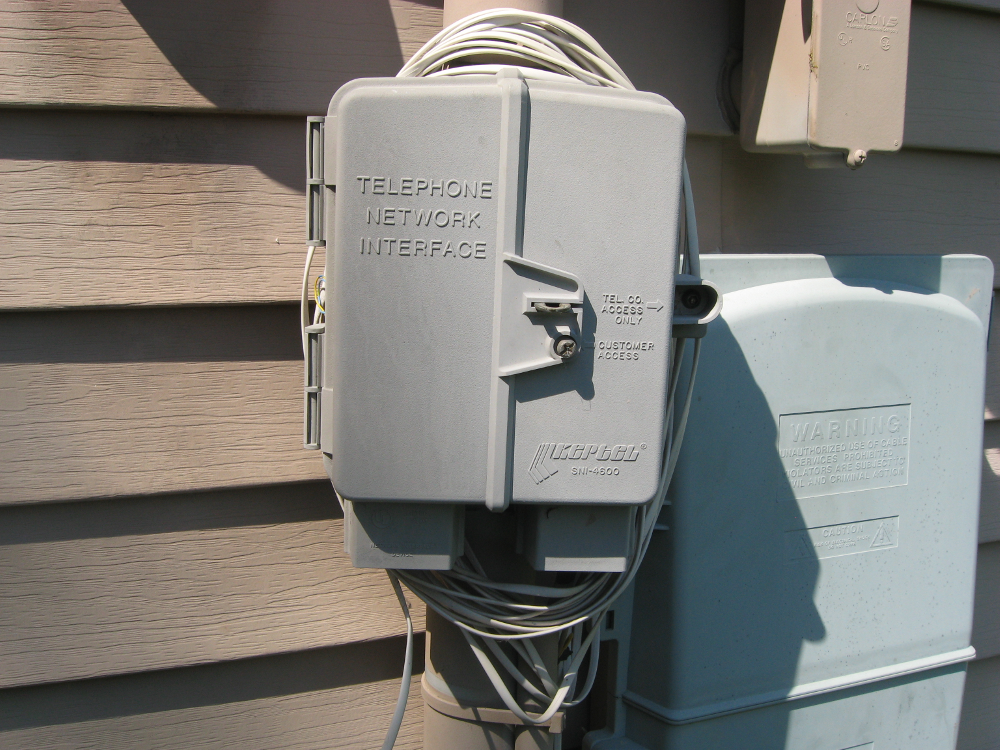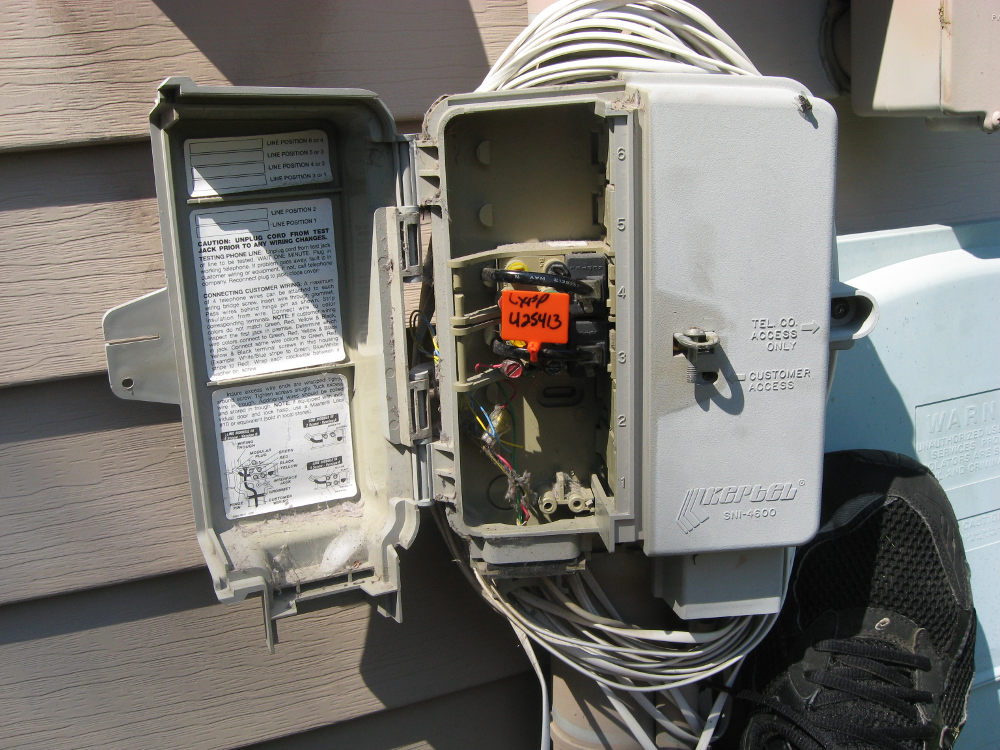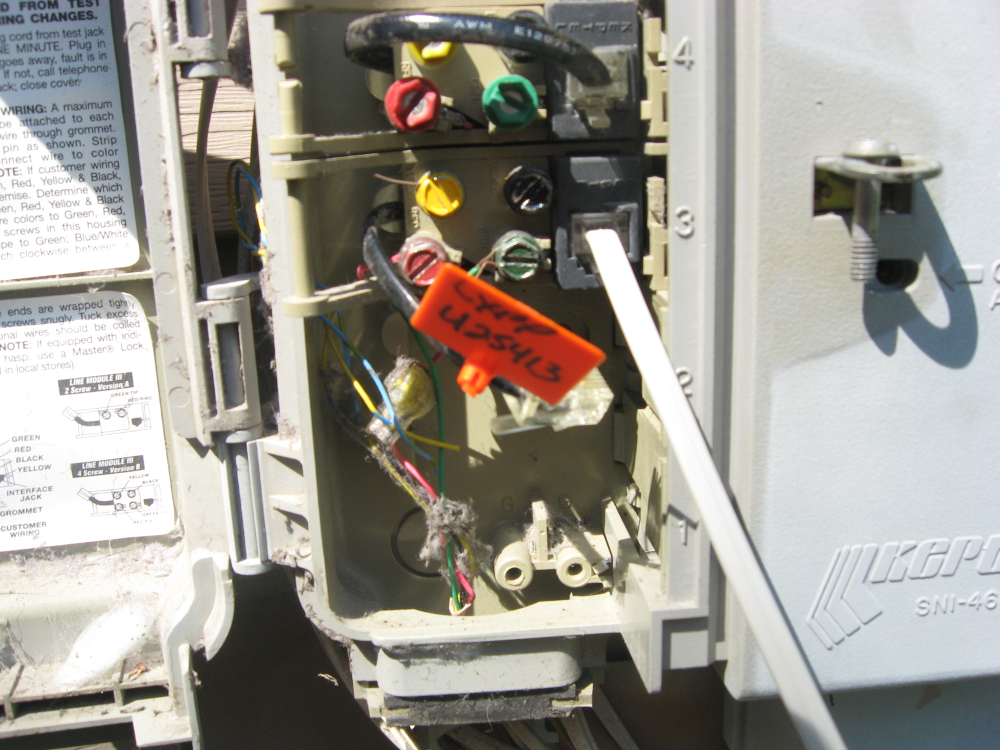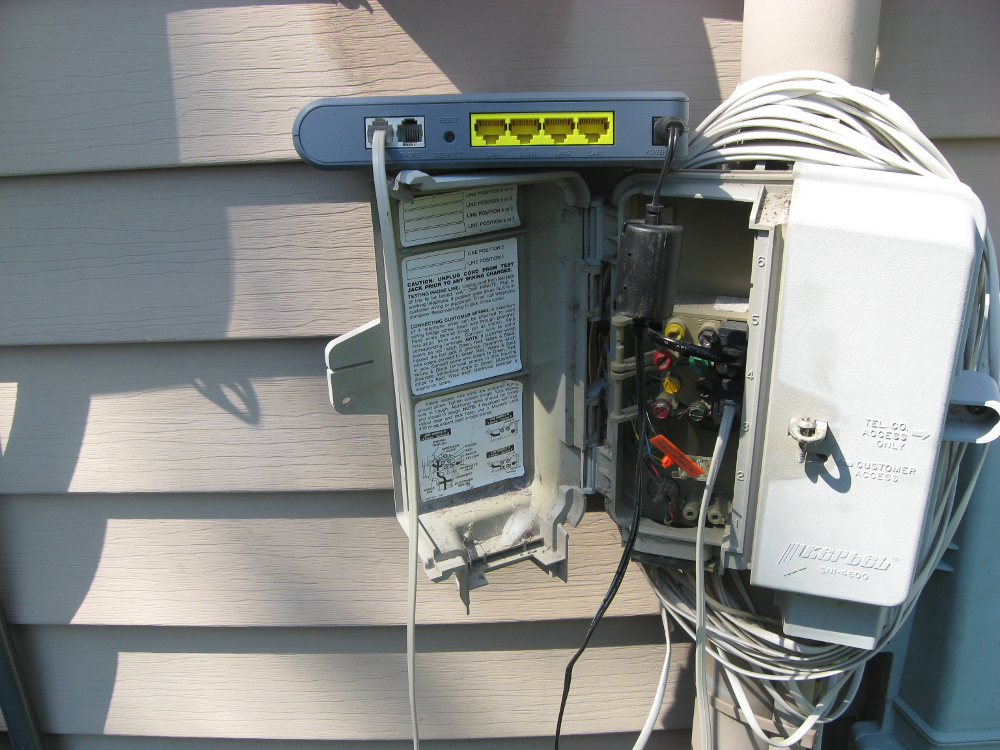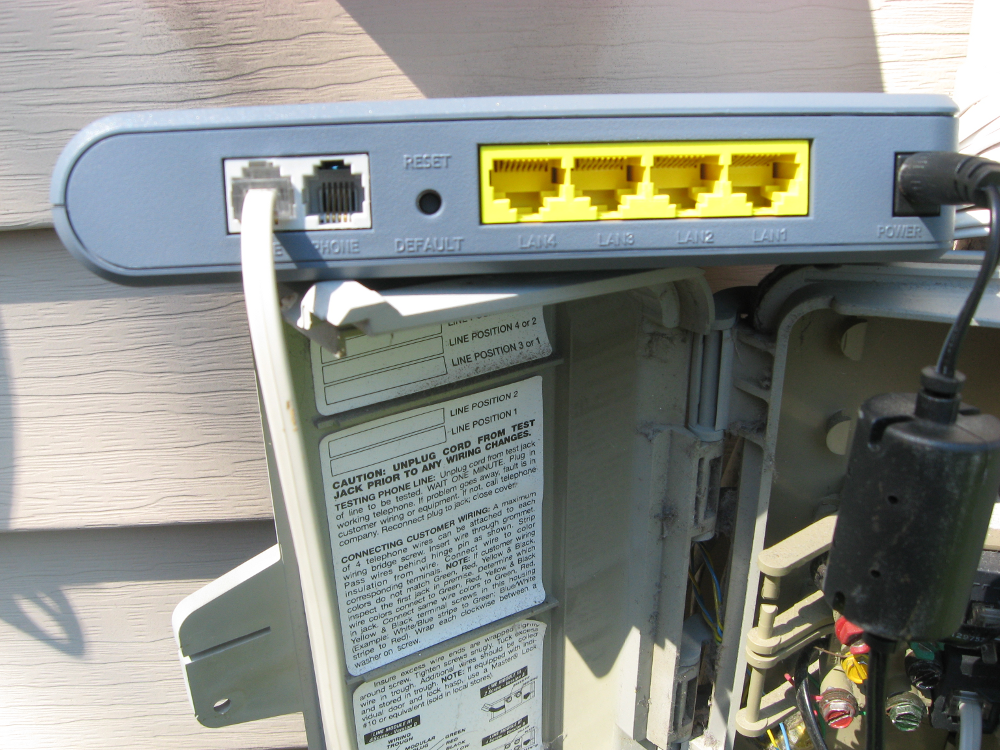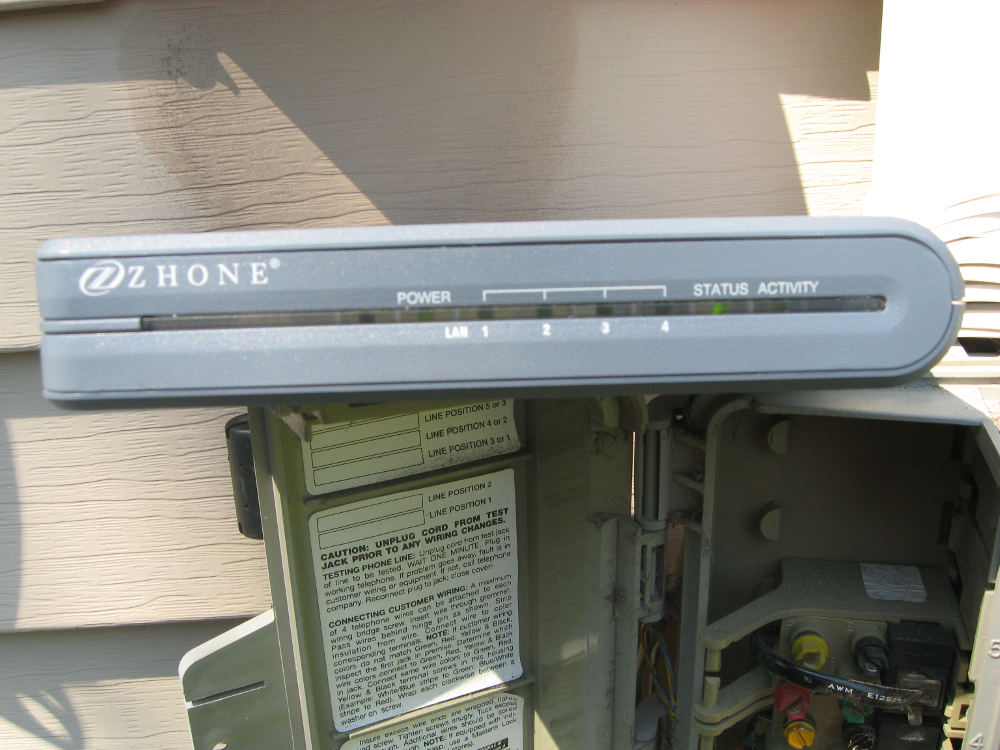How to Perform an NI Check
Contents |
Testing at the Network Interface
After normal troubleshooting, the last step before ACD Support sends the ticket out for dispatch is to test at the NI(Network Interface). This article will discuss in detail how to bypass your internal wiring and hook your modem up directly to the NI. By performing this test you eliminate the possibility of a truck roll fee for a technician being dispatched to your location. The NI test eliminates the internal wiring(which is the customer's responsibility) and allows ACD to test the connection fully to determine where the problem lies.
Lights on the Modem
Normally ACD will ask you what lights are on your modem as one of the first troubleshooting steps. Listed below is a breakdown of the lights and what they mean, so you can have a better understanding of the troubleshooting process.
ACD's modems have four lights on them. These lights can help us troubleshoot to determine what problem you are experiencing.
- Power- The power light should always be on, indicating the device is plugged in and receiving power.
- LAN- The LAN light should be on when a computer or router is physically connected to the modem via ethernet cable. The light may blink indicating activity.
- Status or DSL- This light should be solid, if you are connected to the internet. The light will blink as the modem "handshakes" or attempts to establish a connection with ACD's CO equipment.
- Activity or Internet- This light will only be active after a connection to the internet is established(The Status or DSL light will be solid). The light will blink to indicate data is moving.
If the Status or DSL light is off and does not blink, a signal is not getting to the modem. Try a new phone cord or wall jack, if possible.
How to test from your network interface
Listed below are the steps needed to test your modem at the NI.
You will need the following to perform an NI check with a DSL modem:
- ACD Modem with power adapter
- Phone line
- Power(extension cord and/or outside outlet for power to the modem)
- Screwdriver(to open the NI box)
Corded Phone NI Test
You will need the following to perform an NI check with corded phone:
- Corded Phone
- Phone line
- Screwdriver(to open the NI box)
If you are performing an NI check with a corded phone, click here for the next step.
Locate your Modem
Locate your equipment. Most customers will have an ACD modem(which will say Zhone or Paradigm) and an internal router(Linksys, Netgear, Belkin, D-Link, etc.)
The equipment in this picture is an ACD DSL modem with a Linksys wireless router.
Disconnect your Modem
You will need to disconnect your modem from the wall jack in order to test at the NI. You will also need to have power to the modem, so keep the power cord and phone line with the modem.
Notice the phone line comes from the wall into the modem. The modem then transfers the signal to your internal router. This is why we can test without hooking up your internal router.
The LAN light being solid indicates a good physical connection from the modem to the internal router.
Tool Check
Confirm you have all the equipment/tools necessary to perform the NI check.
To perform an NI check with a DSL modem:
- ACD Modem with power adapter
- Phone line
- Power(extension cord and/or outside outlet for power to the modem)
- Screwdriver(to open the NI box)
NI Test with Corded Phone
Confirm you have all the equipment/tools necessary to perform the NI check.
To perform an NI check with corded phone:
- Corded Phone
- Phone line
- Screwdriver(to open the NI box)
Locate the NI
Locate the NI outside your house. This is usually a square grey box.
Open the NI
Use a screwdriver to open the NI.
Find the ACD Circuit
Locate the orange tag with the six digit circuit ID. Contact Support for the unique circuit ID, if you are unsure.
Disconnect Internal Wiring
Disconnect the internal wiring. This will be the line with the orange tag on it. The line goes from the NI into your house.
Connect the Modem to the NI
Now plug the phone line that is connected to the modem into the NI where the other line was just removed. This will route the circuit directly to the modem, bypassing your internal wiring.
Connect the Phone to the NI
Plug the phone line that is connected to the corded phone into the NI where the other line was just removed. You can now test for DT(dial tone) by picking up the receiver.
If you have DT at the NI, make a test call to see if the problem is the same at the NI as it is when hooked up to the internal wiring.
ACD Support can be reached at 517-999-9999.
If you have no dial tone(NDT) at the NI, there is a problem with the circuit that falls under ACD's responsibility.
If you can make/receive clear calls from the NI, but have problems(noise, hum, static) when connected to the internal wiring, this indicates a problem with the internal wiring, which ACD is not responsible for.
Check for Sync
If you are testing for DSL, you will need the modem, power to the modem, and the phone line to plug into the jack. You should see the power light on solid. If there is no power, the modem will not sync with ACD's equipment in the CO.
The Status/DSL light should begin to blink as the modem "handshakes" and attempts to sync with the CO. If the Status/DSL light goes solid, your modem is synced and has a connection to the internet.
The Status/DSL light may not blink at all. This is why it is important to make sure there is power to the modem.
With the DSL modem powered on and connected to the NI, you should see the "Status" or "DSL" light blink as it attempts to sync with ACD's equipment.
If the Status/DSL light turns solid, the modem has acquired a connection to the internet.
If the light continues to blink for several minutes without going solid or there is no Status/DSL light on at all, we refer to this as "no sync at the NI."
No sync at the NI indicates a problem with the circuit that falls under ACD's responsibility.
This modem was able to sync at the NI, but not while connected inside. This indicates a problem with the internal wiring, which ACD is not responsible for.
